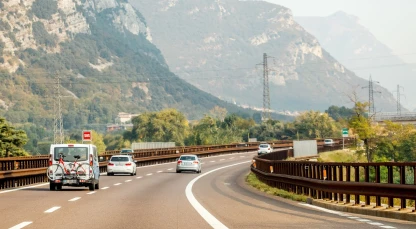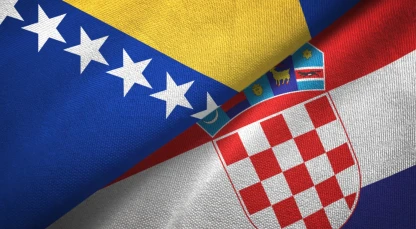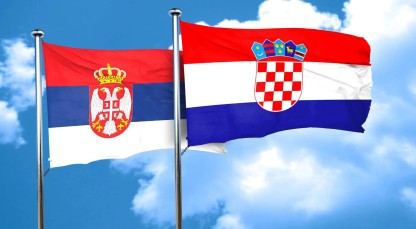Understanding Speed Limits in Croatia: Safety on the Roads
One of the most crucial aspects of road safety is driving within the posted speed limit. When driving in Croatia, you must be aware of, and stick to the country’s speed regulations. To assist drivers in ensuring a safe and pleasant journey, this article provides information about speed limits and road safety in Croatia.
We examine the applicable speed limits on various types of roads. We also advise on safely approaching toll stations and other checkpoints. You’ll learn the applicable speed limits per vehicle category and other useful information. Understanding this information contributes to a safer driving environment for all.
The Croatian Motorway Network
Croatian roads are generally well-managed and maintained. An extensive motorway system connects cities across the nation. Using the motorways requires the payment of tolls calculated by vehicle category and distance. Purchasing a Vignette for Croatia ensures efficient compliance with this requirement.
Excessive Speed on Croatian Motorways
Excessive speed is a major concern, presenting numerous risks to all road users. By exceeding the Croatia highway speed limits, reaction times and stopping distances are affected, which in turn amplifies the seriousness of accidents. With excess speed, vehicle stability suffers, increasing the likelihood of an accident. Therefore, Croatia has strict enforcement measures, including cameras and patrols. Offenders may be fined, face a licence suspension, or imprisoned.
General Road Safety in Croatia
Unfortunately, Croatia’s road safety record is poor. It ranks as 6th worst in terms of road fatalities in the European Union. Reckless driving and challenging driving conditions are the leading causes of accidents. There is also concern about the lack of pedestrian safety measures. Poor signage and alcohol use also contribute. Croatia is proactively addressing the problem by improving infrastructure and signage, increasing police visibility, and promoting road safety awareness.
Speed Limits on Motorways
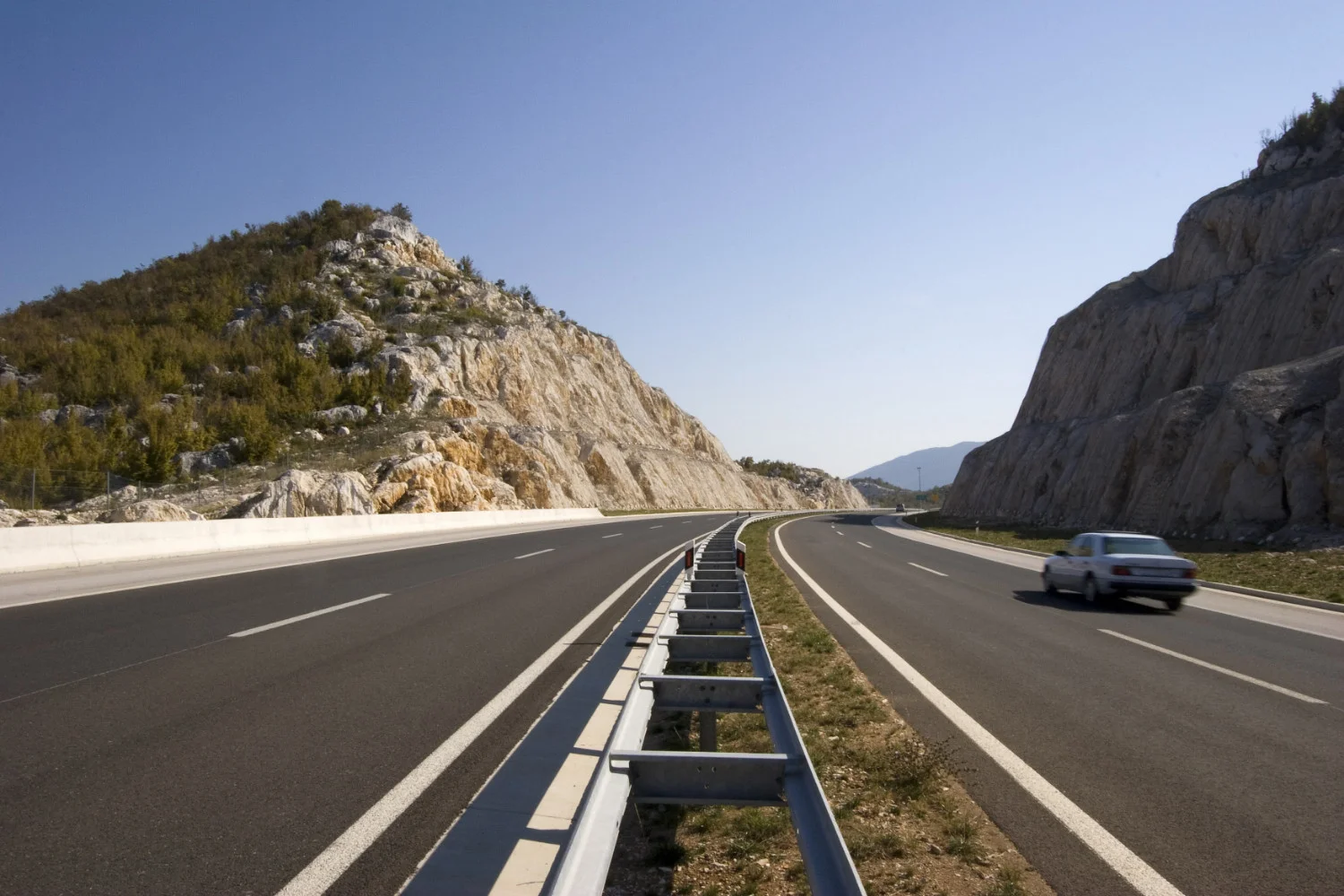
Croatian motorways are known for their high speed limits. The Croatia highway speed limit is 130 km/h, enabling smoother traffic flow and reduced travel times. Nevertheless, drivers should remember that adverse weather conditions can significantly affect driving safety. If visibility is reduced or the road surface is compromised (snow, runoff), the national speed limit in Croatia is lowered to 110 km/h, improving control and enhancing safety. You can learn more about driving on the A1 and other Croatian motorways in our feature articles.
Speed Limits on Non-Motorways
The speed limits off the motorway are designed to account for varying traffic considerations and road characteristics;
- Urban Areas - The Croatia speed limit for vehicles is typically 50 km/h. It aims to enhance the safety of pedestrians and reduce the severity of accidents. Furthermore, in areas where there are vulnerable populations, such as residential areas and near schools, the speed limit is reduced to 30 km/h.
- Rural Areas - Here, the roads and the general absence of pedestrians allow for a higher speed limit of 90 km/h. Naturally, drivers should practise caution when driving on narrow, windy roads, or those whose surface is compromised due to heavy rain or snow.
Approaching Toll Stations and Checkpoints:
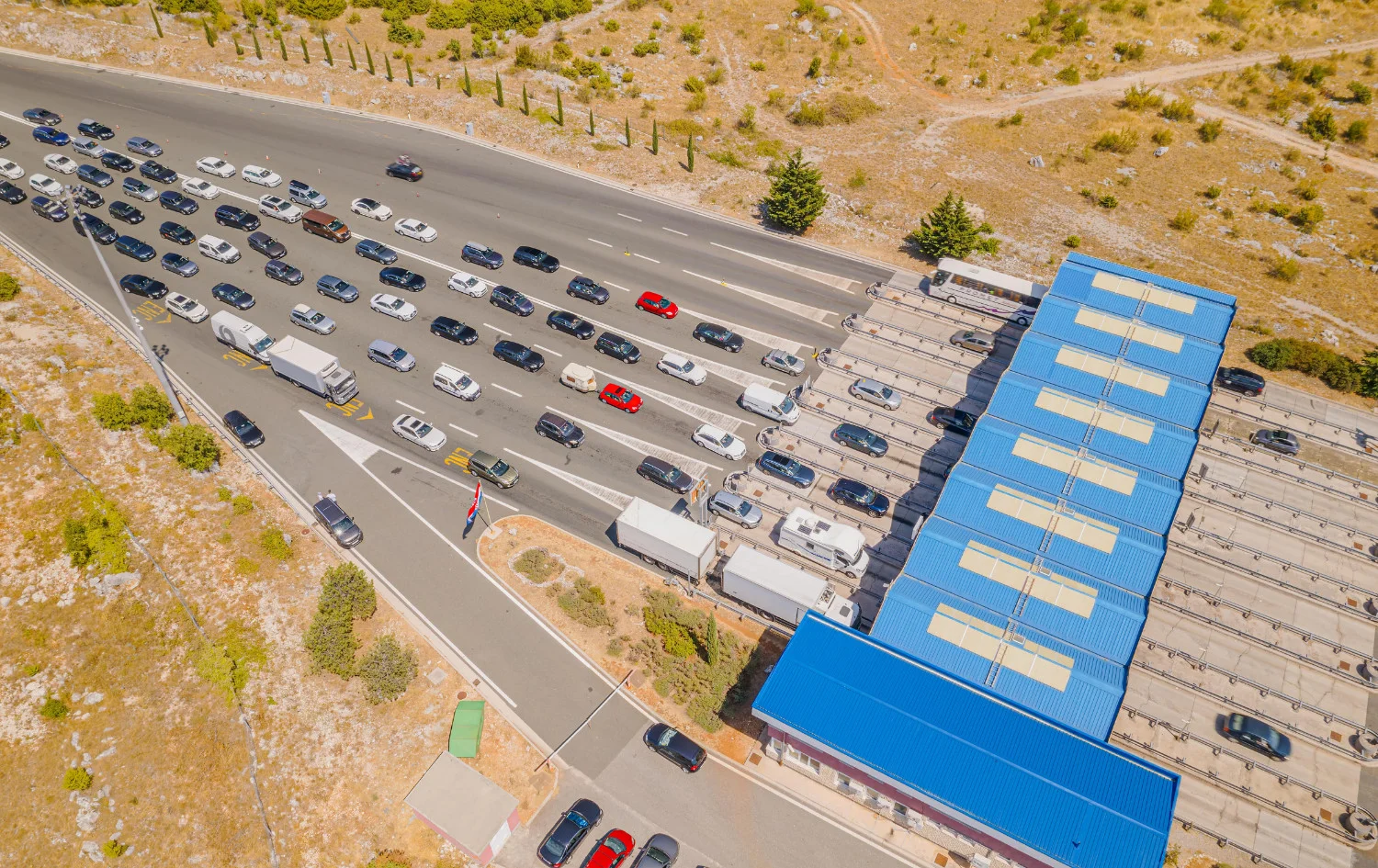
Drivers approaching toll stations should reduce speed for both efficiency and safety. There will be a gradual reduction in the posted speed limit as they near the toll station. At the station, proceed with the prevailing traffic, allowing for smooth transactions and the avoidance of accidents. Be attentive to other drivers, maintaining a safe following distance thereby averting rear-end collisions.
When approaching checkpoints, such as border crossings or police control points, reduce speed to ensure safe interaction with authorities and fellow drivers. Sticking to the speed limit and the instructions of officials helps maintain order, allows for efficient checks, and minimises the chance of accidents. You can learn more about border crossings with Italy and other neighbouring countries in our border-related articles.
Speed Limits for Different Types of Vehicles:
To ensure safety and the ability of drivers to control their vehicles, Croatia has specific speed limits for different vehicle types:
Motorcycles
The Croatian speed limit for motorcycles on motorways is 130 km/h and 110 km/h on some dual carriageways. On minor roads, it is 90 km/h, while on urban roads, it is 50 km/h. Motorcyclists must ensure they are comfortable with the road conditions and handling before reaching higher speeds.
Cars
Vehicles under 3.5 tons, such as most cars, can travel at 130 km/h on highways, balancing efficiency and safety. Maintain a safe speed while considering road conditions and prevailing traffic flow.
Cars with Trailers
If towing a trailer, a reduced speed limit in Croatia of 90 km/h on motorways and 80 km/h on rural roads applies. This improves stability and handling, taking into account the extra weight and impact on braking. Allow for increased braking distances. Use caution when changing lanes or manoeuvring.
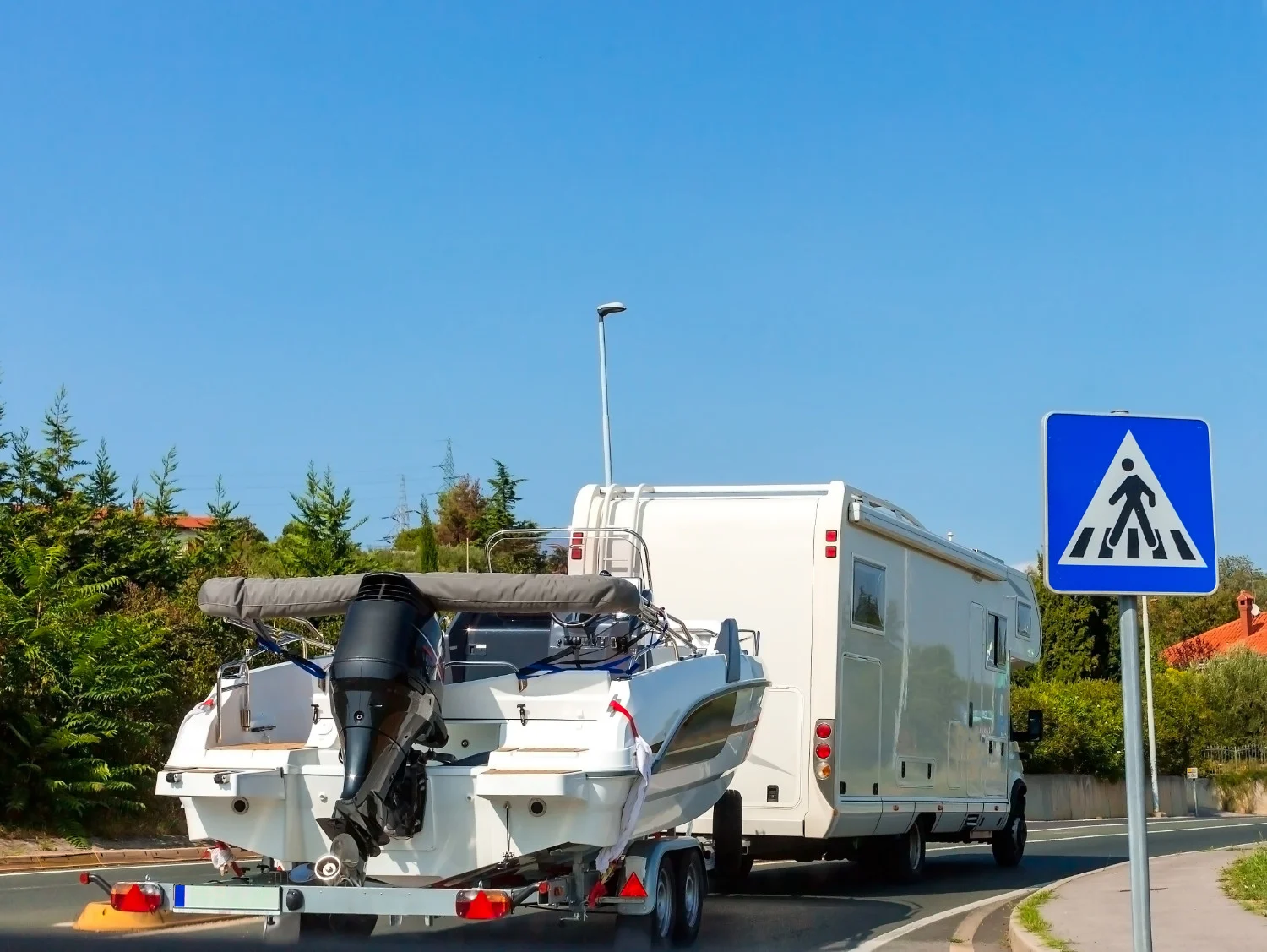
Motorhomes
Provided they do not exceed 3.5 tons, motorhomes can travel at 130 km/h on motorways and 90 km/h on secondary roads. Vehicles over 3.5 tons may not exceed 90 km/h on motorways. Stay below 80 km/h on secondary roads, and 50 km/h in urban areas.
Tips for Safe Driving in Croatia:
In addition to adhering to speed limits, here are some essential tips for safe driving in Croatia:
- Adapt your driving to road and traffic conditions, particularly in bad weather.
- Maintain a safe following distance between vehicles.
- Observe speed limits and changes therein.
- Use SatNav technology that provides real-time speed information.
- Practise defensive driving and stay focused.
Other Important Rules in Croatia

Take note of the following rules applicable to drivers in Croatia:
- Vehicles must switch on headlights by day and night.
- Seatbelts and child-restraint seats are mandatory as appropriate.
- The use of a mobile phone without a hands-free kit is illegal.
- Drivers must have a warning triangle to be deployed in case of breakdown or emergency.
- It is illegal to drive under the influence of alcohol or drugs.
- Winter tyres are obligatory from November to March.
Emergency Numbers
- Emergency services - 112
- Roadside Assistance - 987
Understanding and following the posted speed limits is vital in promoting road safety in Croatia. Adhering to the speed limit, whether on a motorway or elsewhere, helps prevent accidents. It also reduces other risks and enhances efficient traffic flow. Be aware of the speed restrictions of your vehicle class. By driving responsibly, a safe and pleasant driving environment is created, benefiting all road users in Croatia.
